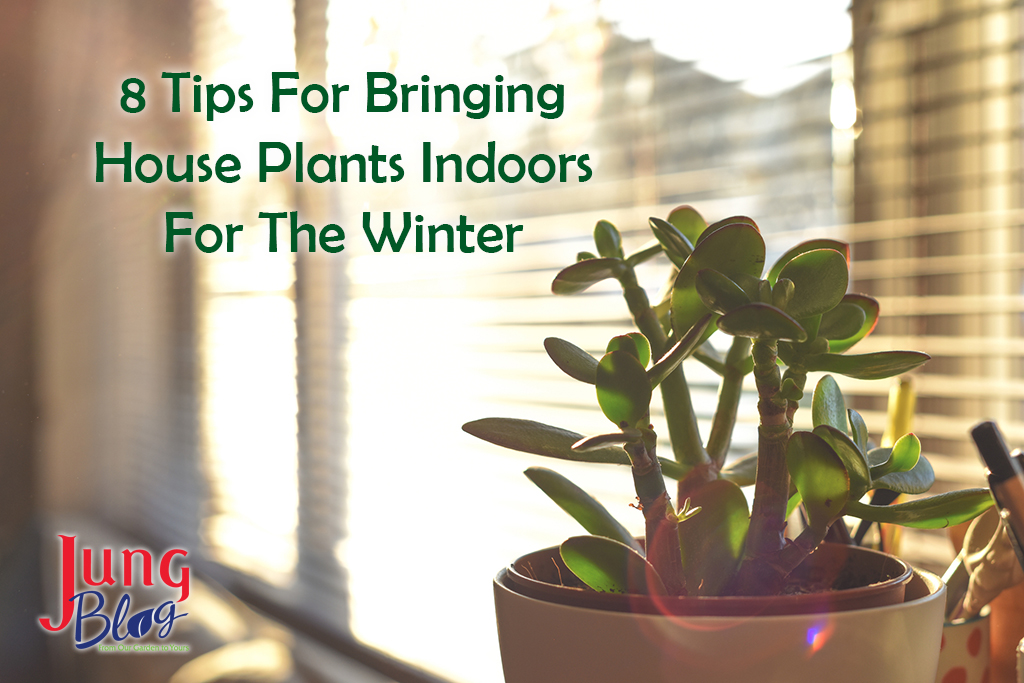
Updated: October 10, 2024
It’s time to bring houseplants back indoors as cooler temperatures settle in. Here are some helpful guidelines to make the transition successful.
Temperature
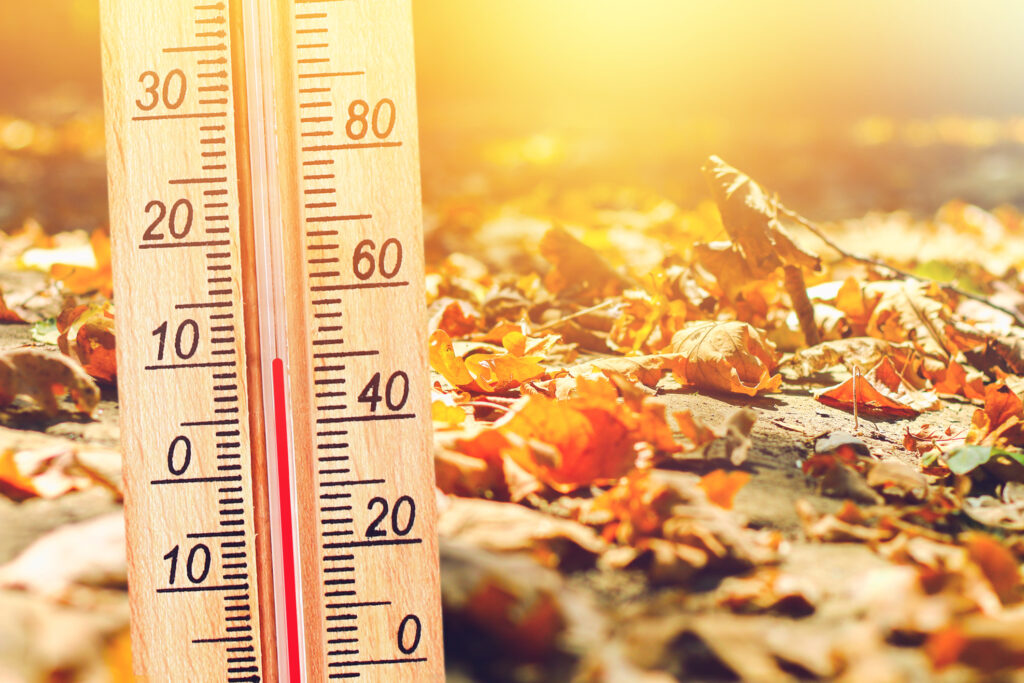
45°F is the tipping point. When nighttime temperatures start to dip consistently, you need a plan to tuck in your houseplants indoors for the winter.
Cleaning
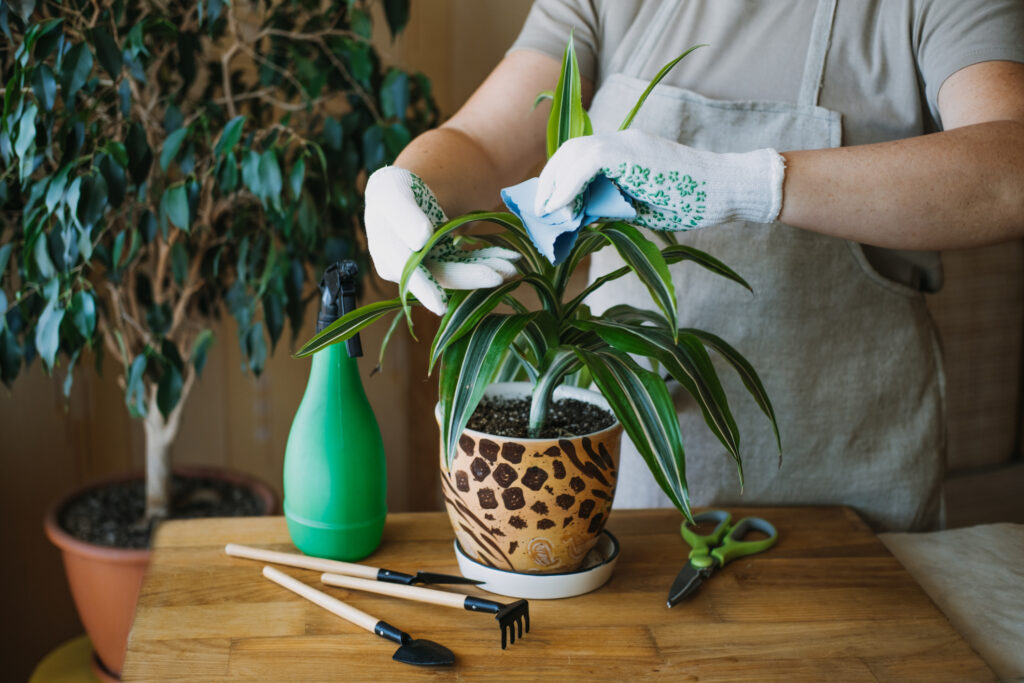
Wash plants and pots thoroughly. Hose off all foliage, sides, and bottom of the pot.
Pest Control
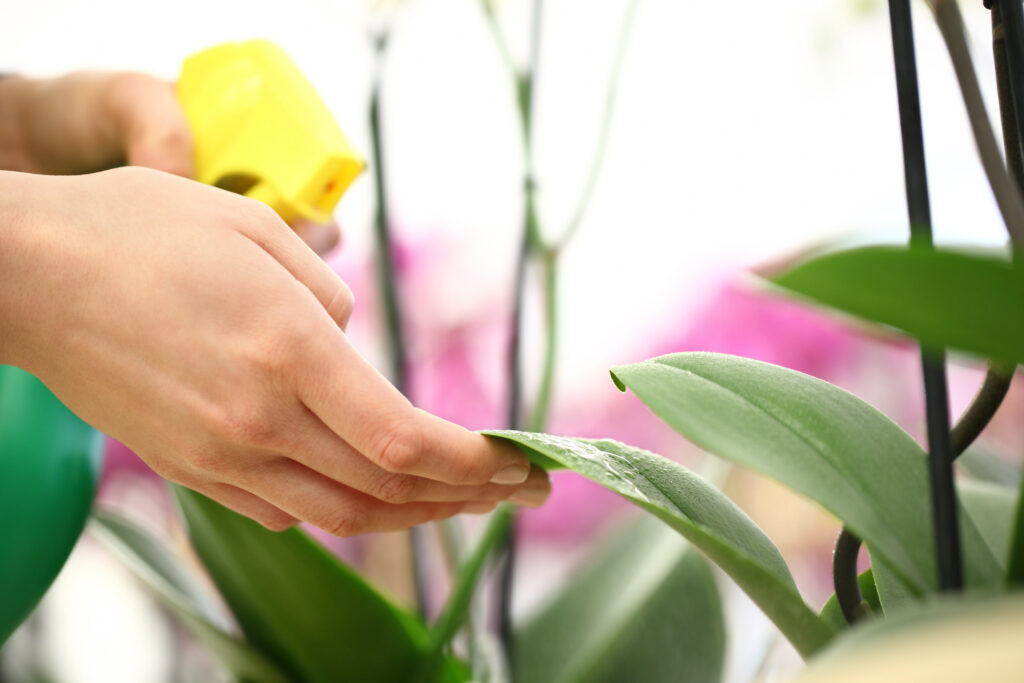
Attempt to remove any unwanted pests or critters that have taken up residence in or on your plant. If you find soft-bodied pests like aphids, spider mites, or mealy bugs, spray the plant with Safer brand insecticidal soap while it’s still outdoors, concentrating on the underside of leaves. Allow it to dry well. Reapply in two days to be sure any new pests receive treatment.
Top Tip: Keep some insecticidal soap in a small spray bottle under the kitchen sink to address pest issues quickly if they appear.
Pruning
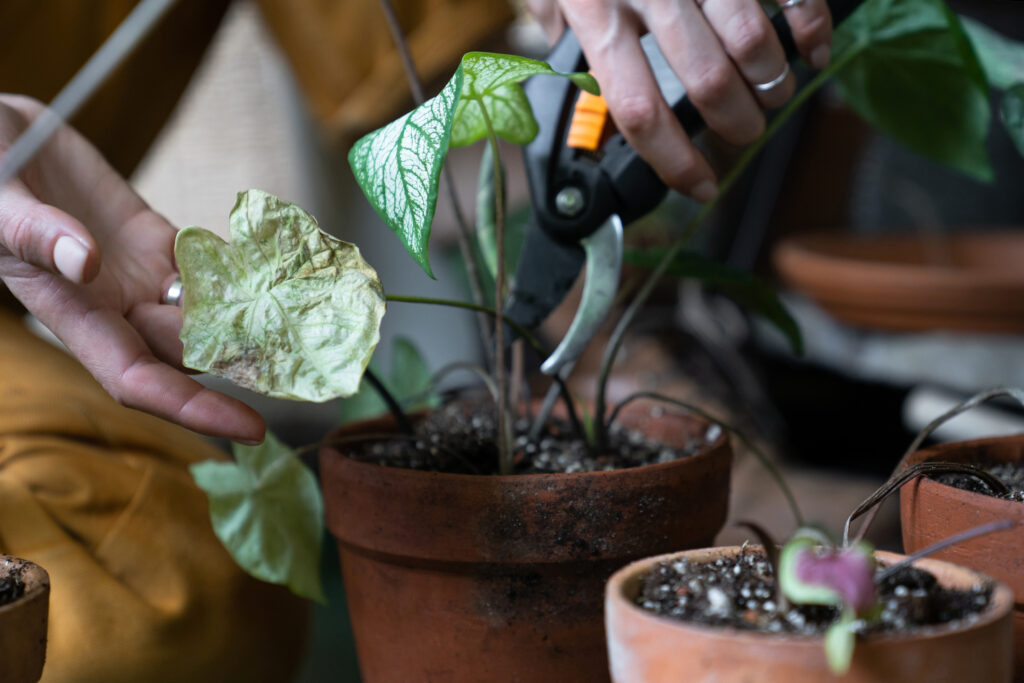
Remove all old, dropped leaf debris and prune off any damaged or diseased stems or leaves.
Watering
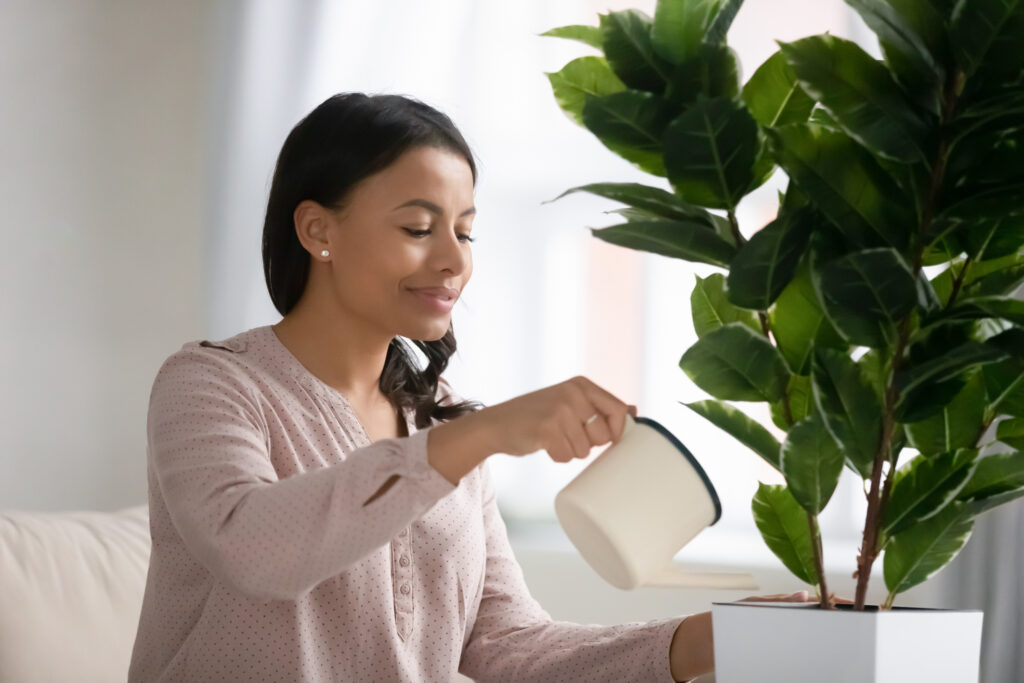
While still outdoors, water with a high enough volume so water drains out the bottom of the pot. Take caution not to over-water while plants are indoors. Allow the soil to dry to the touch between watering, and if you’re unsure, err on the dry side.
Fertilizing
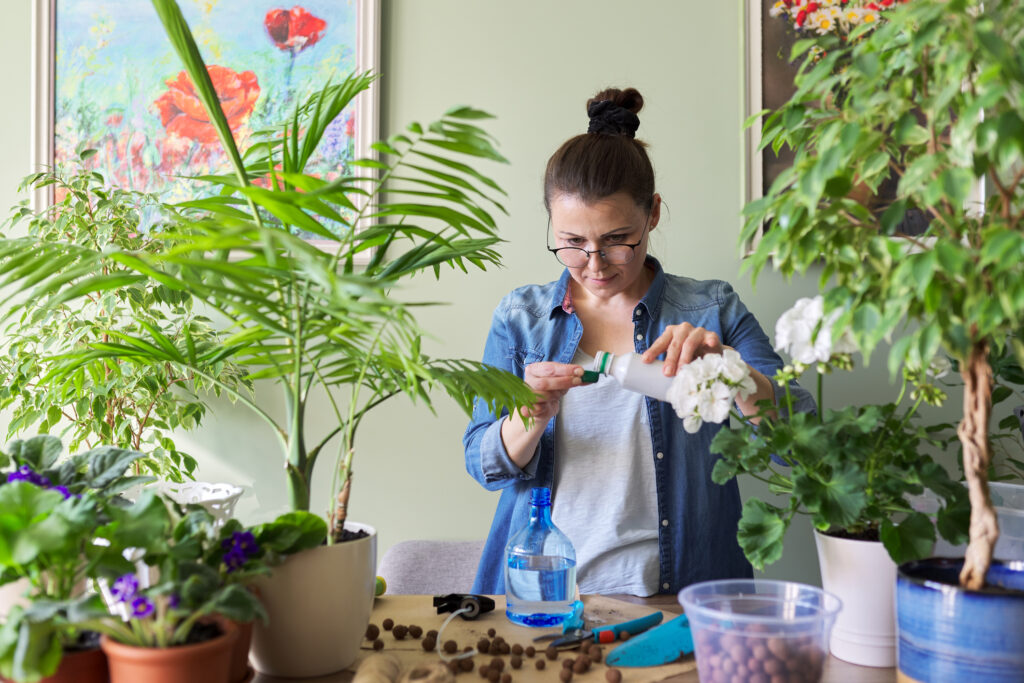
Avoid fertilizing so as not to promote any new growth. If the plant’s foliage shows obvious signs of nutritional deficiency, you can fertilize with a well-balanced, water-soluble food, like ALGOPlus All-Purpose Fertilizer (6-6-6) at half the recommended strength. While indoors, plants will appreciate feeding once every 6 weeks.
Sunlight
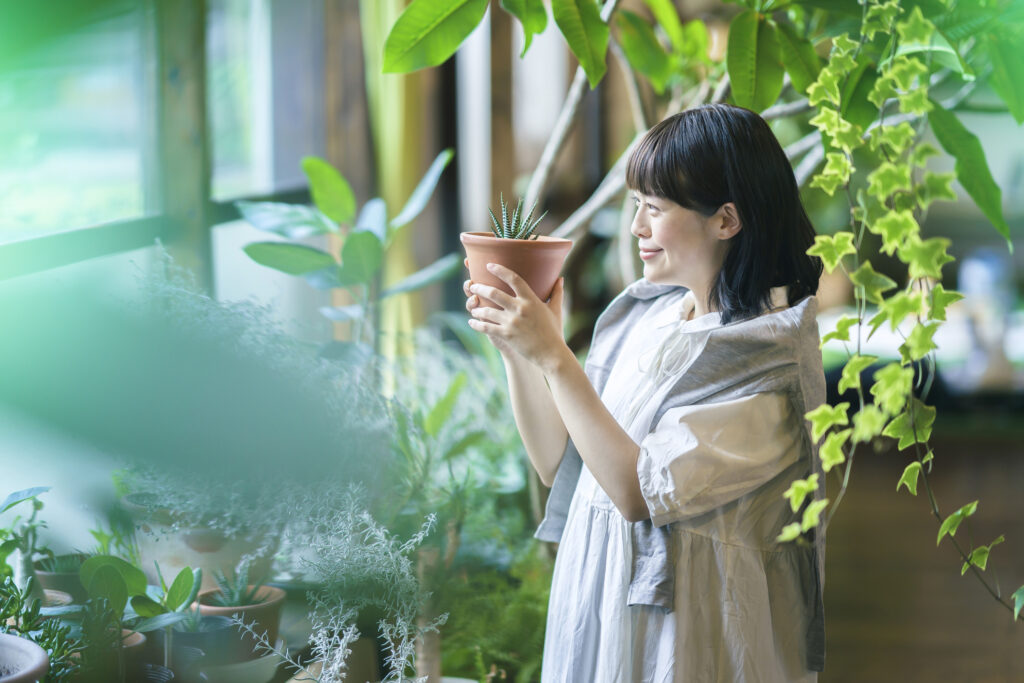
Find the bright spot. One week before moving indoors, help plants acclimate to reduced light by moving them to a shady location. This will help reduce significant shock and the shedding of all their leaves. But remember, some leaf drop is completely normal. If your plants have been in full sun all summer, consider creating a space under a high-lumen grow light to keep them happy indoors for the winter.
Top Tip: Plant growth will suffer if the grow lights are left on constantly, though, so be sure to set a timer for at least 8 hours of darkness per day.
Humidity
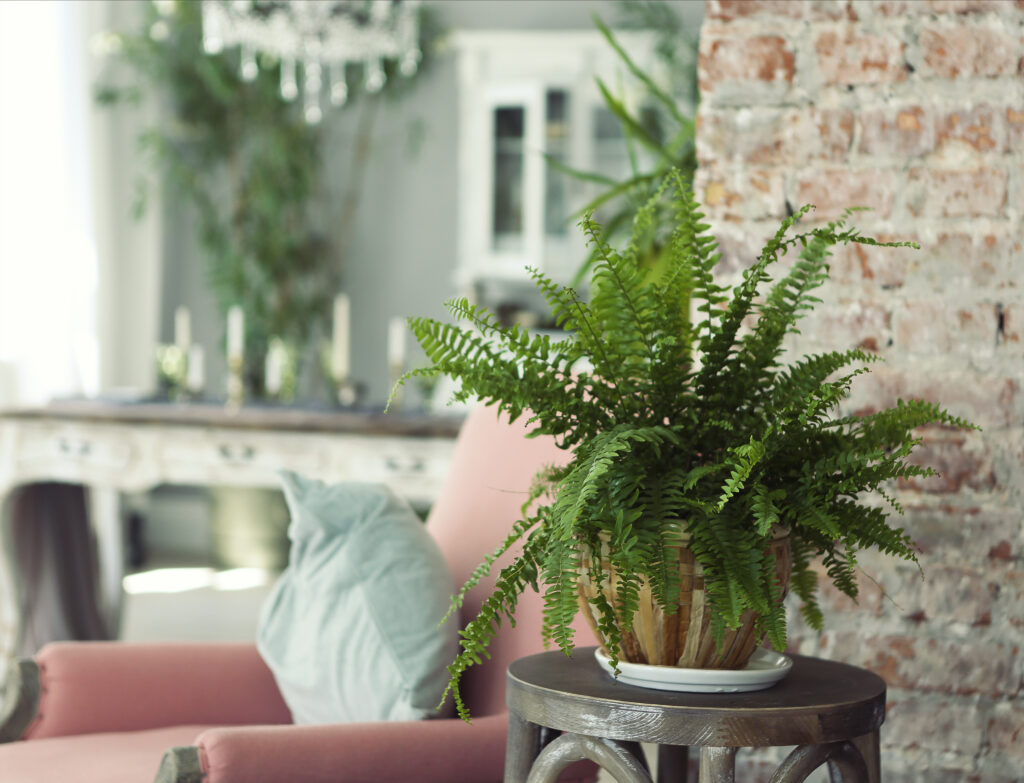
Placing a gravel layer in the saucer creates air space between the pot and the saucer. This not only allows water to drain better, but the drained water will evaporate to help raise the humidity in the house and keep leaf tips from browning out. Most plants will be happiest in a bathroom with good lighting because of all the extra moisture the shower or bath creates.
Top Tip: In the house, be sure to protect any shelves or wood surfaces with a non-moisture-wicking trivet or coaster underneath the saucer. Condensation and water wicking from the pot or saucer can damage wood.
Other Reading Recommendations
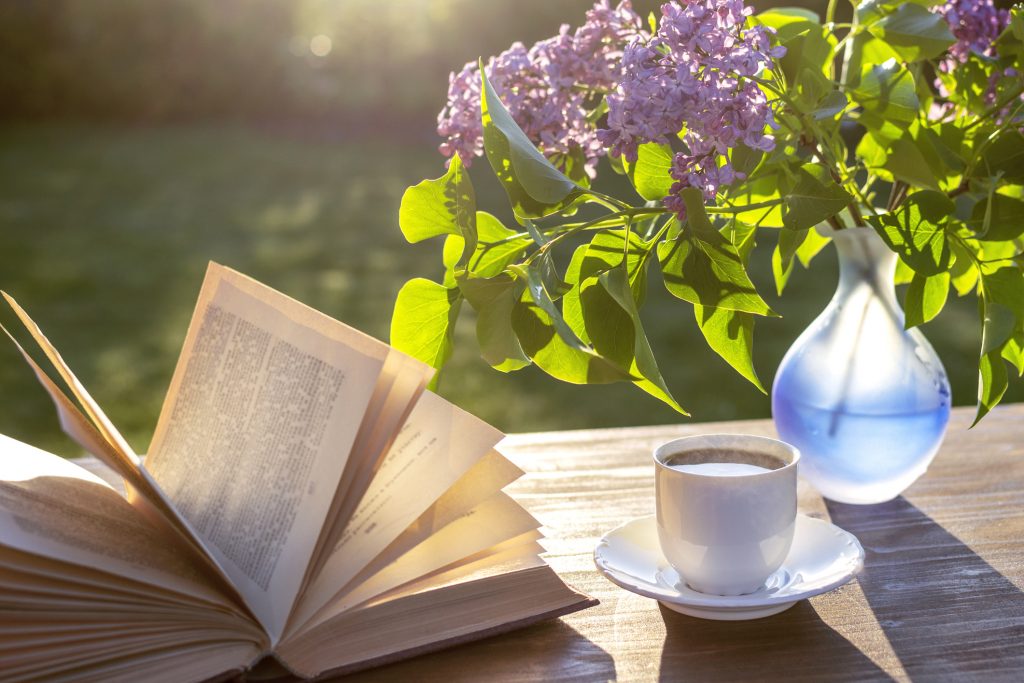
- Fall Gardening: End Of Season Tasks
- Fall Composting For Beginners
- 4 Simple Steps For Fall Garden Tool Clean Up
- 7 Tips For Winter Houseplant Care
- Guide To Winter Mulching

At Jung Seed Co, we strive to be your go-to guide for all your gardening needs. Our YouTube channel, The Garden Doctor by Dick Zondag, is where he provides gardening tips for all levels of gardeners. When you need reliable gardening advice, turn to the trusted experts at Jung.
View our new catalog online or browse our website for your gardening favorites. Sign up for our weekly email to receive info on new products, exclusive deals, and specials. Join our Facebook page to discuss all things gardening!
